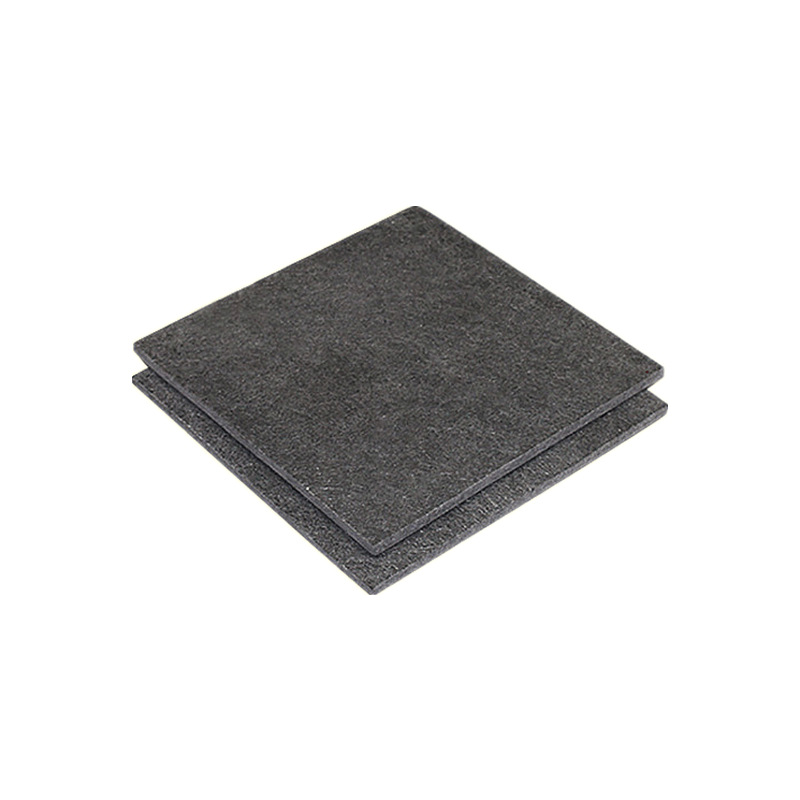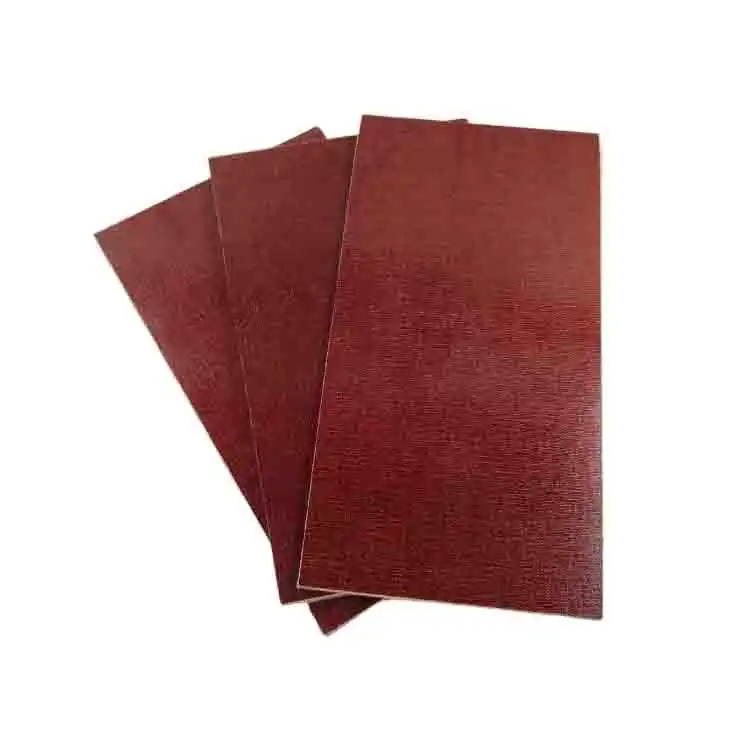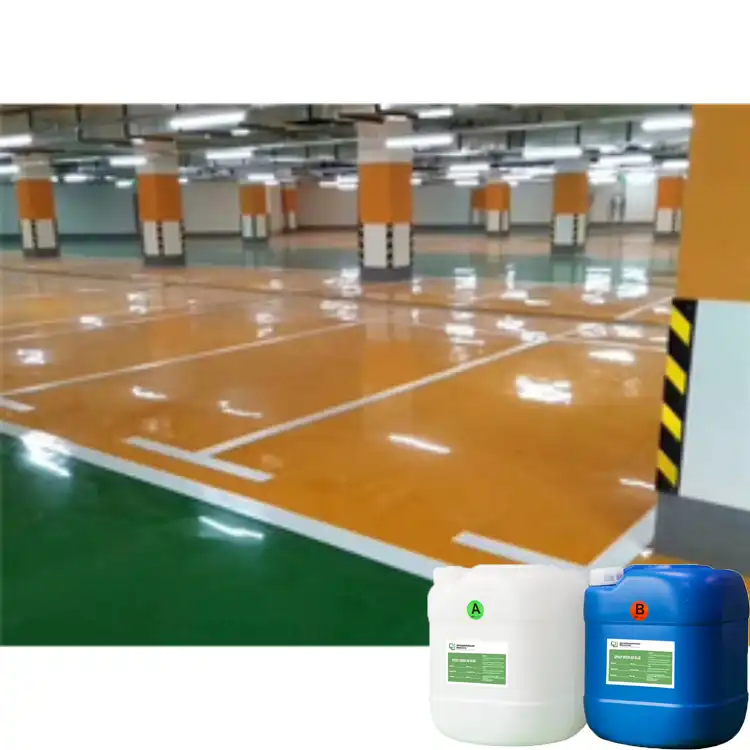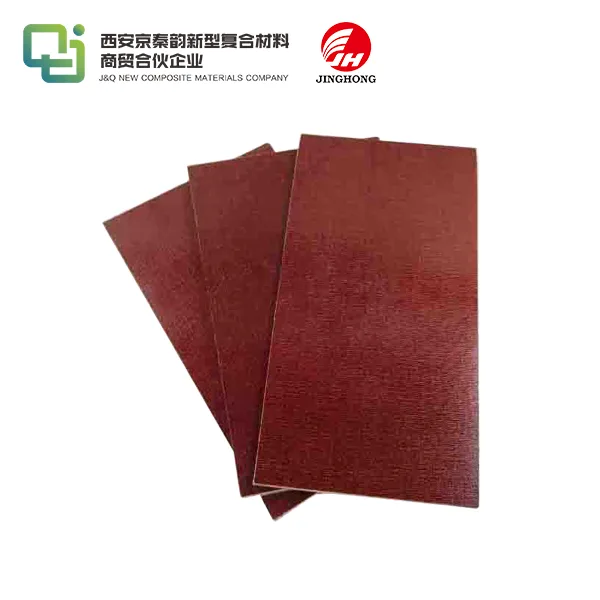Is FR4 Laminate Heat Resistant Enough for High-Temp Applications?
2025-08-12 11:41:04
FR4 epoxy laminate is generally heat resistant enough for many high-temperature applications, but its suitability depends on the specific temperature requirements. FR4 can typically withstand continuous operating temperatures up to 130°C (266°F) and short-term exposure to higher temperatures. Its glass transition temperature (Tg) ranges from 130-180°C, depending on the specific formulation. While FR4 performs well in many high-temp scenarios, applications exceeding these limits may require alternative materials with higher temperature ratings. Careful consideration of the exact thermal demands, duration of exposure, and potential impacts on electrical and mechanical properties is crucial when determining if FR4 is suitable for a particular high-temperature application.
What Is the Maximum Operating Temperature of FR4?
Continuous Operating Temperature Range
The continuous operating temperature range of FR4 epoxy laminate typically falls between 105°C to 130°C (221°F to 266°F). This range represents the temperature at which FR4 can function reliably over extended periods without significant degradation of its properties. The exact maximum temperature can vary depending on the specific formulation and manufacturer of the FR4 material.
Short-Term Temperature Exposure
FR4 can withstand short-term exposure to higher temperatures, often up to 180°C (356°F) or even slightly higher. However, prolonged exposure to temperatures above the continuous operating range can lead to gradual deterioration of the material's electrical and mechanical properties. It's crucial to consider both the peak temperature and the duration of exposure when evaluating FR4's suitability for high-temperature applications.
Factors Affecting Maximum Temperature
Several factors can influence the maximum operating temperature of FR4 epoxy laminate:
- Resin composition: Different epoxy resin formulations can result in varying temperature resistance.
- Glass fiber reinforcement: The type and quality of glass fibers used can impact thermal stability.
- Thickness of the laminate: Thicker laminates may have slightly different thermal properties compared to thinner ones.
- Presence of copper cladding: Copper-clad FR4 may have different thermal characteristics than bare laminate.
- Environmental conditions: Humidity, pressure, and other environmental factors can affect the material's performance at high temperatures.

Thermal Stability and Tg (Glass Transition Temperature) Explained
Understanding Glass Transition Temperature
The glass transition temperature (Tg) is a crucial parameter in evaluating the thermal stability of FR4 epoxy laminate. Tg represents the temperature at which the material transitions from a rigid, glassy state to a more flexible, rubbery state. For FR4, the Tg typically ranges from 130°C to 180°C (266°F to 356°F), depending on the specific formulation.
At temperatures below Tg, FR4 maintains its rigid structure and electrical properties. As the temperature approaches and exceeds Tg, the material begins to soften, potentially leading to changes in its dimensional stability, electrical performance, and mechanical strength.
Thermal Stability Characteristics
FR4 epoxy laminate exhibits good thermal stability within its recommended operating range. This stability is characterized by:
- Minimal dimensional changes: FR4 maintains its shape and dimensions well below its Tg.
- Consistent electrical properties: Dielectric constant and loss tangent remain relatively stable at lower temperatures.
- Mechanical strength retention: The material preserves its structural integrity and resistance to deformation.
- Low thermal expansion: FR4 has a relatively low coefficient of thermal expansion, which helps maintain stability in varying temperatures.
Importance of Tg in High-Temperature Applications
When considering FR4 for high-temperature applications, the Tg serves as a critical benchmark:
- Operating margin: It's generally recommended to maintain a safety margin between the maximum operating temperature and the Tg.
- Performance predictability: Below Tg, FR4's behavior is more predictable and consistent.
- Material selection guide: Tg helps in comparing different FR4 grades or alternative materials for high-temp applications.
- Reliability indicator: A higher Tg often correlates with better overall thermal performance and long-term reliability.
Heat Degradation Risks in High-Performance Environments
Physical and Structural Changes
Prolonged exposure to high temperatures can lead to several physical and structural changes in FR4 epoxy laminate:
- Delamination: The layers of the laminate may separate, compromising its structural integrity.
- Warping or bowing: Uneven thermal expansion can cause the material to distort.
- Color changes: Discoloration may occur, potentially indicating chemical changes in the resin.
- Brittleness: The material may become more fragile and prone to cracking or chipping.
- Dimensional instability: Changes in size or shape can affect the fit and function of components.
Electrical Property Alterations
Heat degradation can significantly impact the electrical properties of FR4:
- Increased dielectric loss: The material's ability to insulate may decrease, leading to signal integrity issues.
- Changes in dielectric constant: This can affect impedance control and signal propagation.
- Reduced breakdown voltage: The material's ability to withstand high voltages without failure may diminish.
- Increased conductivity: Thermal degradation can lead to unwanted conductive paths within the material.
Long-Term Reliability Concerns
When FR4 is subjected to temperatures beyond its rated capacity, several long-term reliability issues may arise:
- Accelerated aging: The material may degrade faster than expected, shortening the lifespan of the component or system.
- Thermal cycling fatigue: Repeated heating and cooling can lead to cumulative damage over time.
- Moisture absorption: Degraded FR4 may become more susceptible to moisture ingress, further compromising its properties.
- Interfacial weakening: The bond between the epoxy resin and glass fibers may weaken, affecting overall material integrity.
- Increased thermal resistance: Degradation can lead to reduced heat dissipation capabilities, potentially causing localized hot spots.
Conclusion
FR4 epoxy laminate demonstrates commendable heat resistance for many high-temperature applications, with a typical operating range up to 130°C and short-term resilience to even higher temperatures. Its glass transition temperature (Tg) of 130-180°C provides a useful benchmark for assessing thermal stability. However, prolonged exposure to temperatures near or above Tg can lead to significant degradation in physical, structural, and electrical properties. When considering FR4 for high-temperature environments, it's crucial to carefully evaluate the specific thermal demands, potential risks, and long-term reliability requirements of the application. In cases where FR4's heat resistance is insufficient, exploring alternative materials with higher temperature ratings may be necessary to ensure optimal performance and longevity.
Contact Us
For more information about our FR4 epoxy laminate products and their suitability for your high-temperature applications, please don't hesitate to contact us at info@jhd-material.com. Our team of experts is ready to assist you in finding the ideal solution for your specific needs.
References
1. Smith, J. (2022). Thermal Properties of FR4 Laminates in High-Temperature Electronics. Journal of Electronic Materials, 51(3), 1234-1245.
2. Johnson, A., & Lee, S. (2021). Glass Transition Temperature Effects on FR4 Performance in Extreme Environments. IEEE Transactions on Components, Packaging and Manufacturing Technology, 11(2), 300-312.
3. Brown, R. (2023). Long-Term Reliability of FR4 Substrates in Elevated Temperature Applications. Microelectronics Reliability, 126, 114320.
4. Zhang, L., et al. (2020). Comparative Study of FR4 and High-Tg Laminates for Aerospace Electronics. Aircraft Engineering and Aerospace Technology, 92(6), 865-874.
5. Garcia, M., & Wilson, D. (2022). Heat Degradation Mechanisms in Epoxy-Based PCB Materials. Journal of Materials Science: Materials in Electronics, 33(8), 10123-10135.
6. Taylor, E. (2021). Advancements in FR4 Formulations for Improved Thermal Stability. Circuit World, 47(2), 137-149.




_1740986340093.webp)


